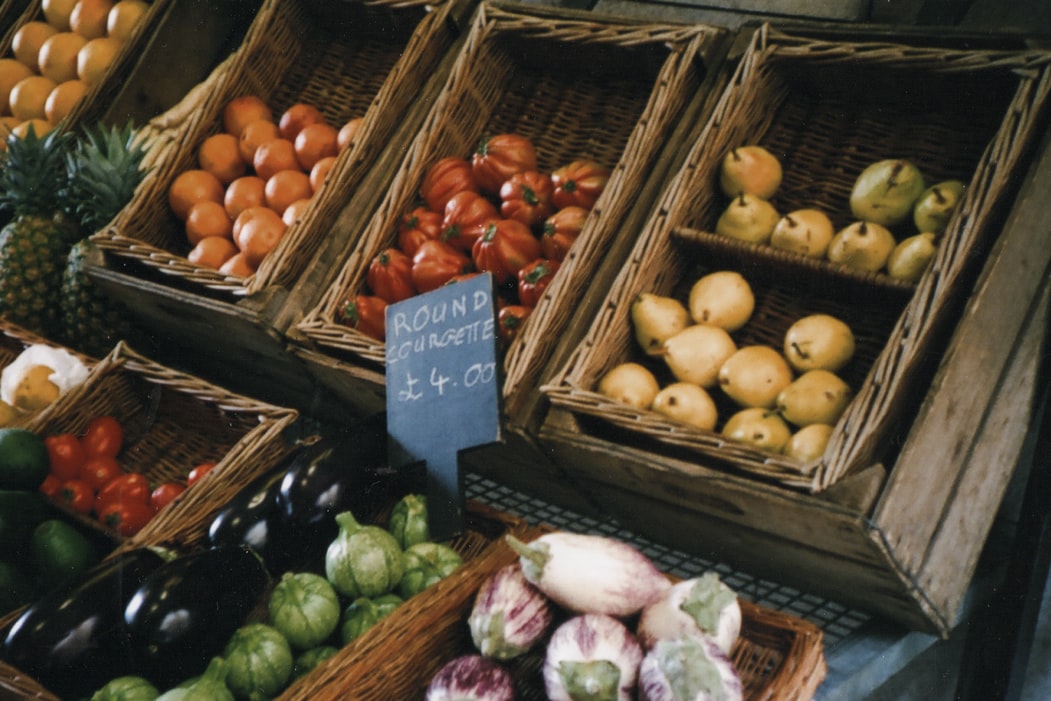
Blogs
Food, costs and safety
December 3, 2020

The indicator of the share of spending on food products is one of the key indicators of food security. According to the classification of the Food and Agriculture Organization of the United Nations (FAO), food costs directly reflect the level of economic ability to pay. However, the monitoring of this indicator is not considered as one of the indicators in the framework of the state policy on food security. The headlines of news articles with a high frequency "dazzle" with slogans of import substitution, speaking of self-sufficiency in socially significant food products (Ensure food security and jobs, Food security: how secure is Kazakhstan with food ?, Food shortage is expected: will Kazakhstan feed itself?). To assess the state of food security according to the international methodology, the share of spending on food is calculated based on survey data from households from less well-off strata of the population. When comparing the indicators of food spending and GDP per capita, one can notice a clear feedback confirming Engel's regularity about patterns in household spending, which was proposed in 1857. The bottom line is simple: the higher the consumer's income, the less people spend on food from everyone. consumer spending. This suggests that the income elasticity of demand for food is relatively low. For example, in low-income countries, most of the funds are spent on “essential goods” such as food. It also suggests a less diversified food basket, which is more composed of less nutritious and more affordable foods (pasta, cereals, potatoes, etc.). While in developed countries, the total cost of food increases due to the fact that people make a choice in favor of more varied, quality and, accordingly, more expensive food (fish, fruits, etc.). However, as incomes increase, the share of “luxury” categories such as entertainment, travel or savings increases in the overall consumption structure. As of 2018, the population of Kazakhstan spends 45% of all expenses on food, which is an indicator of less developed countries. Even in comparison with neighboring countries, significant differences can be seen. In Russia, for example, this figure is 28%, Belarus - 32%, China - 22%. In developed countries, the difference becomes even more contrasting: the share of spending in New Zealand - 13%, Australia and Canada - 9%, USA - 6%. Figure 1. Comparison of food expenditures and GDP per capita in 2018 The most recent food spending data for all countries is only available as of 2018. Returning to the state policy of Kazakhstan, at the moment the entire discussion about food security is "fixated" on achieving food independence (80% of domestic production for socially significant products), which is a separate independent indicator outside the framework of food security. However, if the state really pursues the goals of ensuring food security, it would be necessary to take into account the aggregate of more than 30 different indicators (energy and nutritional value of food, the index of domestic food prices, production in value terms, the scale of food shortages, access to improved water supplies, etc.). that more clearly reflect the state of the country's economy from the prospect of the well-being of the population. Given the negative consequences of the economic crisis and the COVID-19 pandemic, the level of the population's ability to pay has significantly deteriorated over the past 9 months. From this point of view, the share of spending on food is a more illustrative example of the state of food security rather than self-sufficiency in domestic production. Sources: Pertel (1975), Zimmerman (1932), United States Department for Agriculture (USDA), Our World in Data, World Bank, Food and Agriculture Organization of the United Nations
all publications












